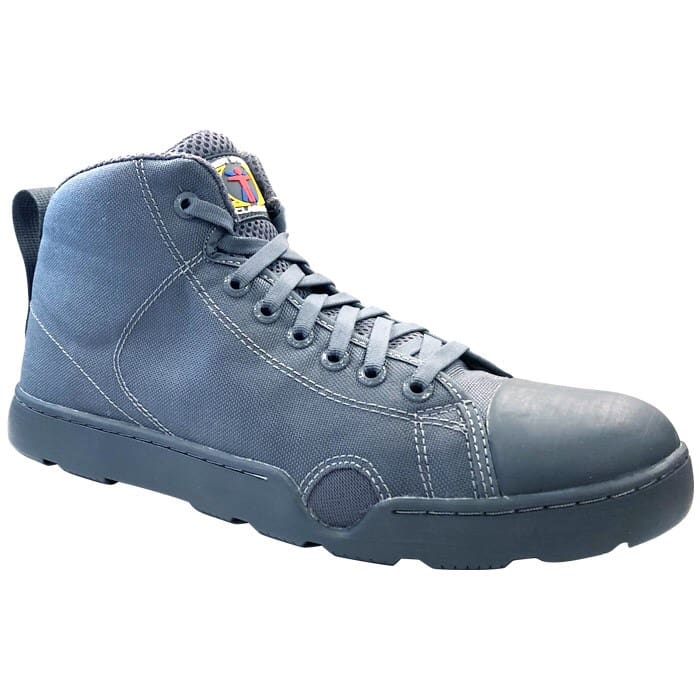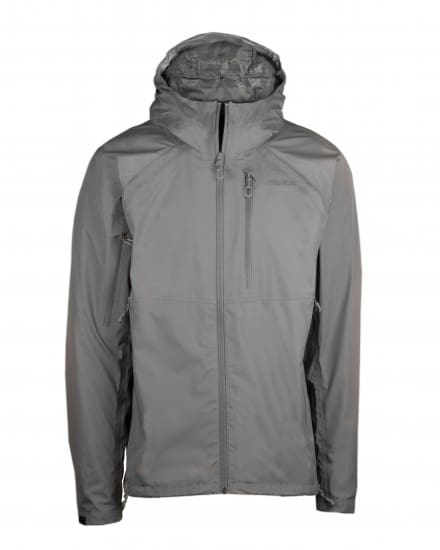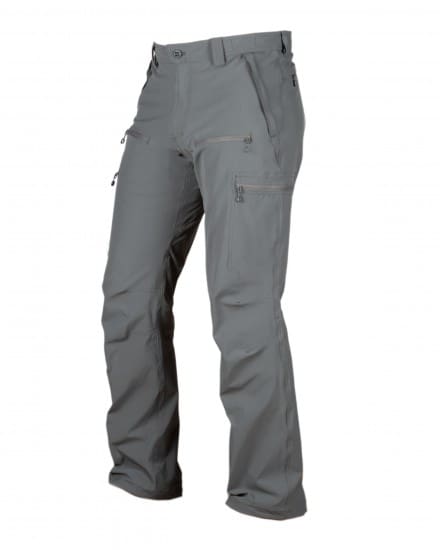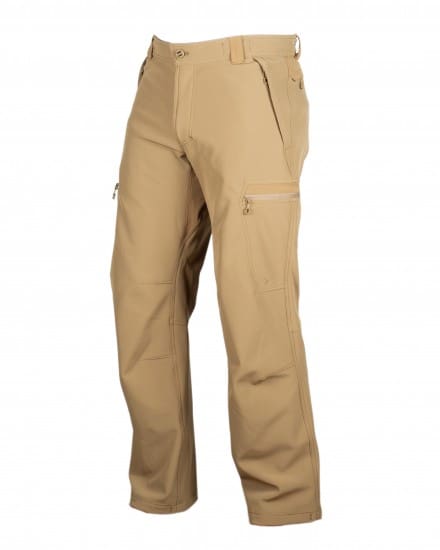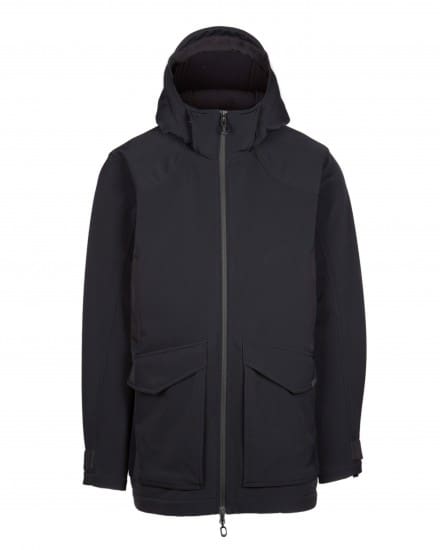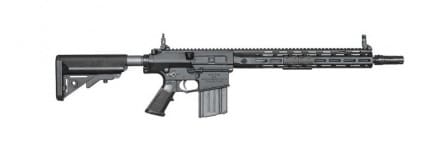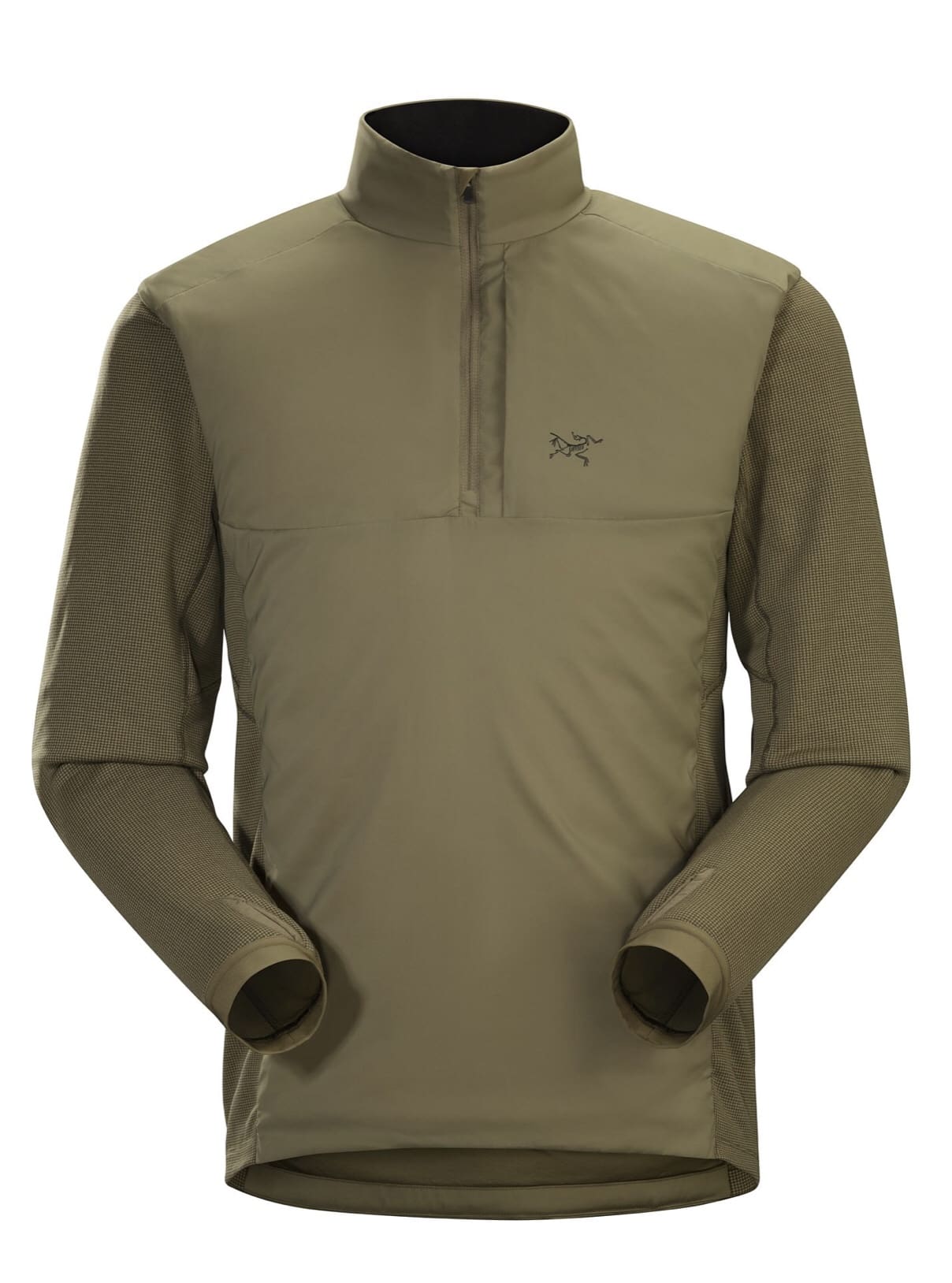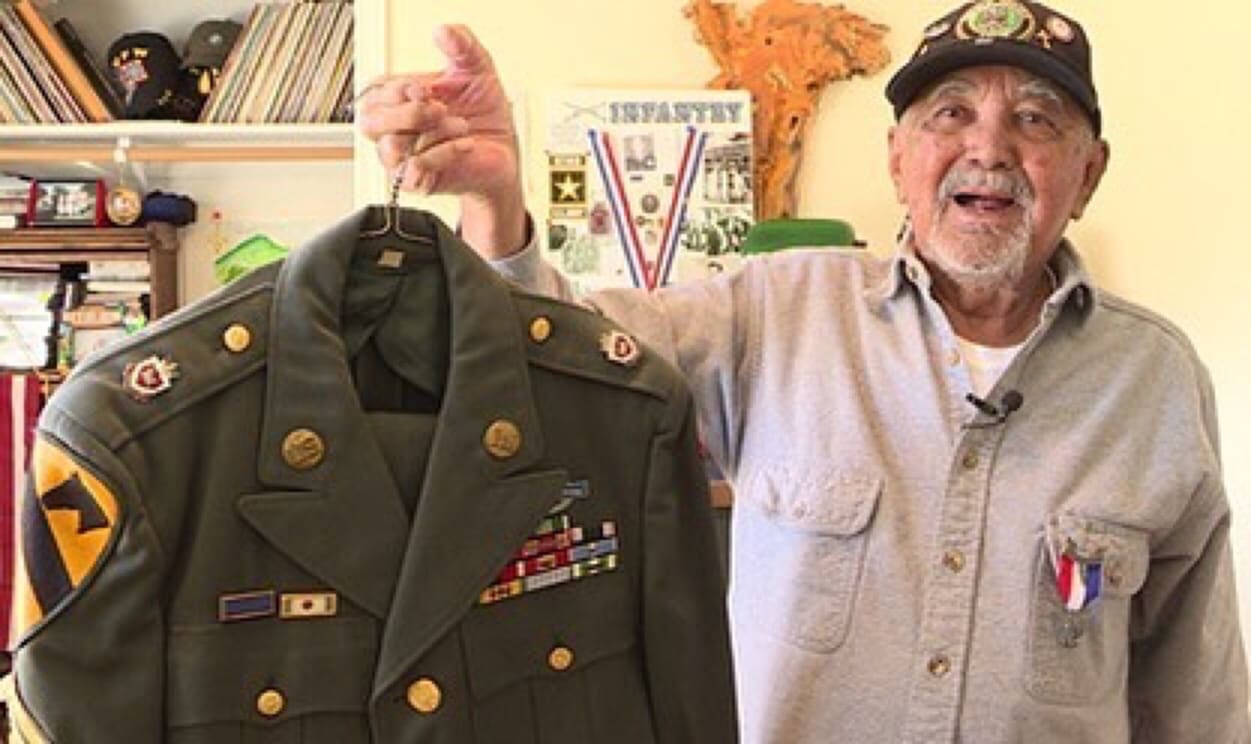DRB Edition Woodsman Shirt
Heritage American Design with Modern Updates, Built in the USA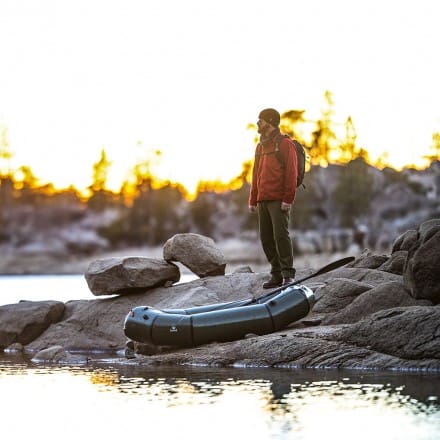
This Fall 2018, Prometheus Design Werx offers three new color-ways of their popular Woodsman Shirt under their Danger Ranger Bear label. A modern update of a heritage American outdoor shirt design, this classic style features engineered patterning taken from modern technical apparel for wider range of movement, generous chest pockets, industrial grade construction, double reinforced elbows, and custom made PDW no-loss parasmock style buttons.

A Special Edition is available in a heavyweight Navy Blue Woolrich 21oz Melton, and Camp Master Red and Heather Gray in 14oz Melton. The wool blends used are naturally no melt-no drop, quiet, durable, has been tried and true for generations of outdoorsmen and versatile for multi-season season use. Built in California, USA.
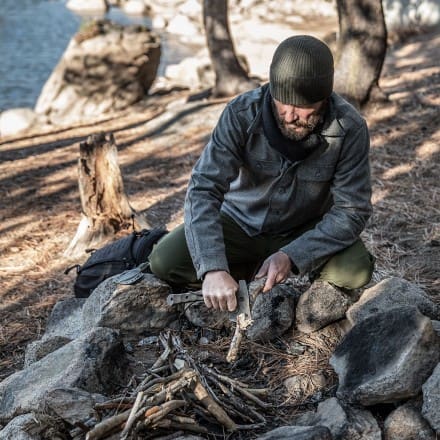
The DRB Woodsman Shirt is a part of their Made in USA CORE-Line of products by Prometheus Design Werx.
The Design and R&D Team at PDW states:
“The Woodsman Shirt under our Danger Ranger Bear label continues to be some of our most popular editions. The DRB sub-brand is a look back to classic outdoor Americana but updated with modern considerations for today’s users, while retaining their best legacy qualities. We make the only wool outdoor shirt with patterning details taken from modern technical performance wear, the chest pockets have been resized to fit something besides a pack of Lucky Strikes, and the work wear, industrial grade construction is the most bomber of any shirt of its type available on the market. It’s these small, but critical details, which make our designs, stand apart. They are subtle, strong, but they are there. Our new Heather Gray color was inspired by vintage alpine and mountaineering styles. The Camp Master Red is bold, a call to action, and is in honor of the long outdoor American tradition of Scouting. We’ve always been a fan of stoic Navy Blue, and the Special Edition in 21oz Woolrich is a heavyweight classic with a nod to the US Navy CPO Shirt. The Woodsman Shirts are built to last, posses timeless styling, function, and made here in California, USA.”
The Woodsman Shirt in Heather Gray and Woolrich Navy Blue will be available for purchase on Wednesday, October 24, 2018 at 12:00pm PT via their website, prometheusdesignwerx.com.

The Camp Master Red to follow on OCT 31, 2018.








